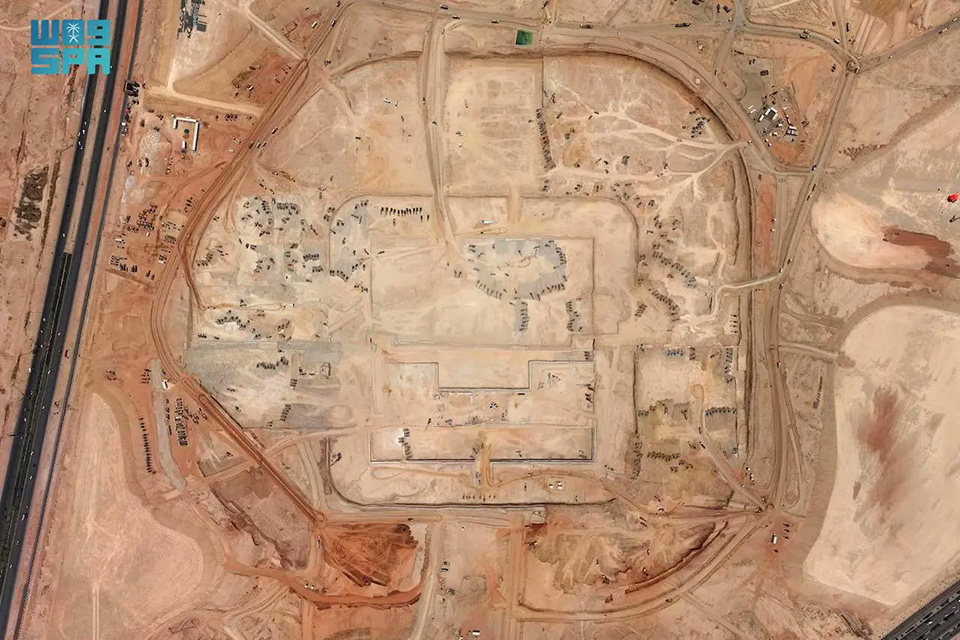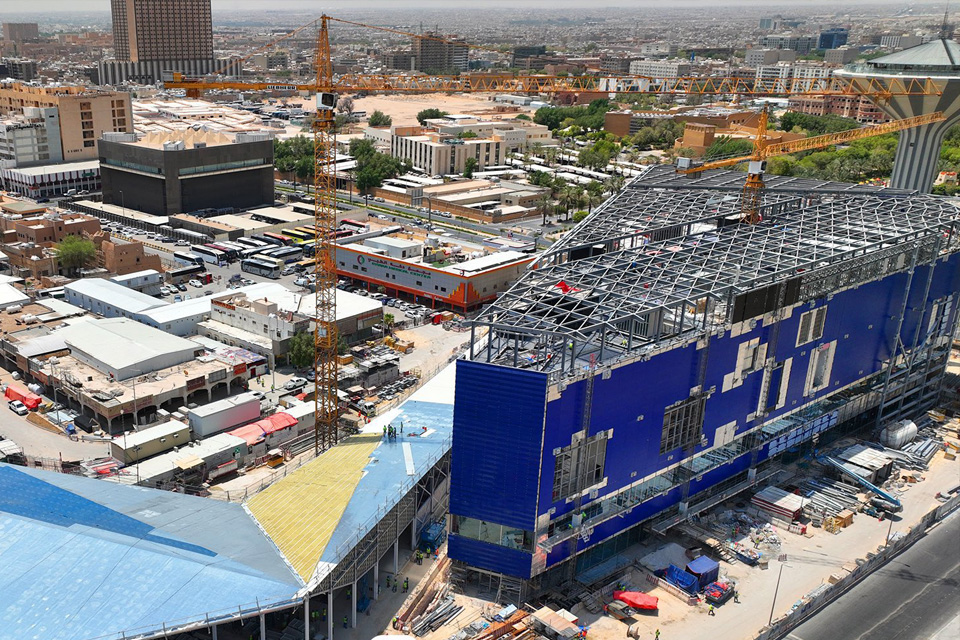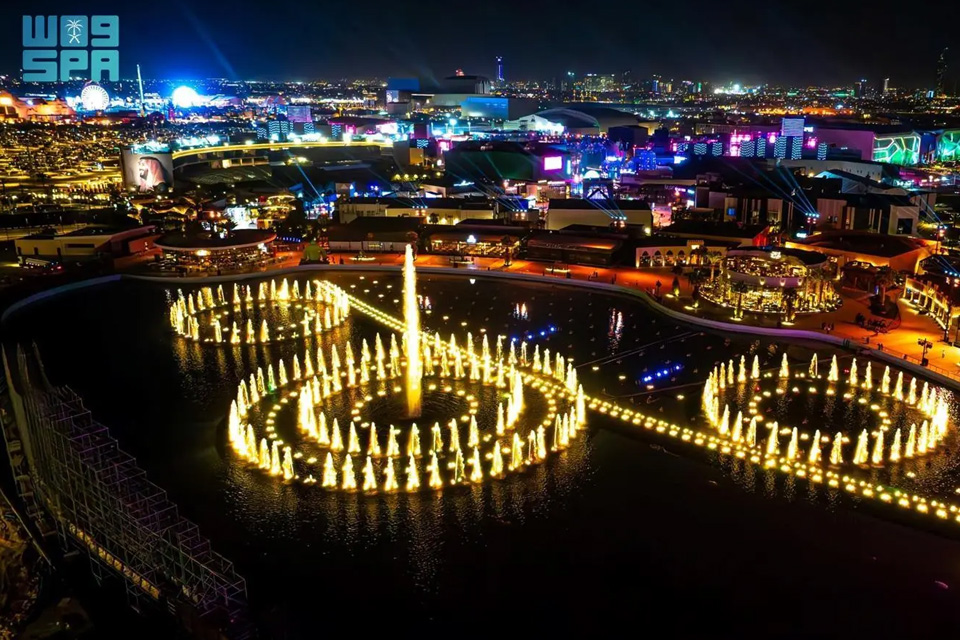- News
Saudi Red Sea Authority to Draw 19 Million Tourists By 2030
Aside from attracting 19 million tourists, the Saudi Red Sea Authority aims to contribute over SAR 85 billion to the Saudi national GDP.
Article Summary:
- According to a joint report between the Saudi Red Sea Authority (SRSA) and the Saudi Ministry of Investment, the SRSA aims to attract 19 million tourists by 2030.
- This aligns with the broader Saudi Vision 2030 goals of diversifying the kingdom’s economy away from petroleum sources and establishing Saudi Arabia as a global destination hub.
The Saudi Red Sea Authority (SRSA) aims to transform the Red Sea coast into a premier global tourism destination. Aligning with Saudi Arabia’s Vision 2030 strategy, the SRSA plans to attract 19 million tourists by 2030.
The announcement comes after SRSA, with the Ministry of Investment, released a report with the title “Invest in Coastal Tourism.” The report noted coastal tourism’s contributions to diversifying the Saudi economy through investments, new income sources, and new job opportunities.
Furthermore, such efforts correspond with SRSA mandates of encouraging investment in navigational and marine tourism activities. At the same time, all investors—both small and medium enterprises—must receive administrative, technical, and advisory support.
About the Saudi Red Sea Authority and Its Strategy
The Saudi government organized the Saudi Red Sea Authority in 2021 to build and regulate the coastal tourism sector. Its responsibilities include issuing licenses and permits, policy development, marine preservation, attracting investors, and promoting navigational and marine tourism activities.
Apart from drawing 19 million tourists, the SRSA aims to contribute over SAR 85 billion to the national GDP. To achieve this, they have launched several key projects and developments that promise to enhance the Red Sea region’s appeal.
Key projects
One notable partnership is between Red Sea Global and the Saudi Climbing and Hiking Federation. In July 2024, the two entities entered a collaboration to boost adventure tourism in the Red Sea region. The tie-up involves local, regional, and international climbing and cycling events and competitions, all while observing international safety and sustainability standards.
Adding to the excitement, the Red Sea Marathon is set to take place in Jeddah in January 2025. This event will attract both local and international runners, creating a buzz in the running community. Organizers expect the first-ever marathon edition to draw 10,000 local and international runners.
In another move, Saudi Arabia in August secured its second license to operate its second water aerodrome on Shebara Island. This development will enhance access to the region and boost tourist numbers. Such infrastructure also promotes enhanced connectivity within the kingdom.
Meanwhile, Red Sea Global’s Desert Rock Resort, set to open in 2024, offers a luxury stay in a one-of-a-kind accommodation. To design the resort, builders carved the structure into the mountains. Once open, it will offer 50 villas and 10 rooms that provide an unobstructed view of the desert landscape.
The Saudi Red Sea Authority’s “More Than a Sea” Campaign
Moreover, in September 2024, the SRSA launched a new campaign titled “More Than a Sea.” This campaign focuses on regulations, sustainability, attracting investments, and promoting tourism experiences. In addition, it also aims to highlight the SRSA’s efforts in building a thriving coastal tourism sector.
By creating over 210,000 jobs across hospitality, environmental services, and infrastructure sectors, the SRSA is making a significant economic impact. They also aim to secure 30 percent of Saudi leisure tourism share and 40 percent of entertainment spending by 2030. Correspondingly, the development of luxury resorts and adventure experiences is expected to attract high-spending tourists.
More than economic growth, the SRSA also hopes to foster a sense of community and cultural appreciation. By promoting a range of tourism experiences, it ensures the Red Sea region becomes a destination appealing to various interests.
Photo: Saudi Press Agency






